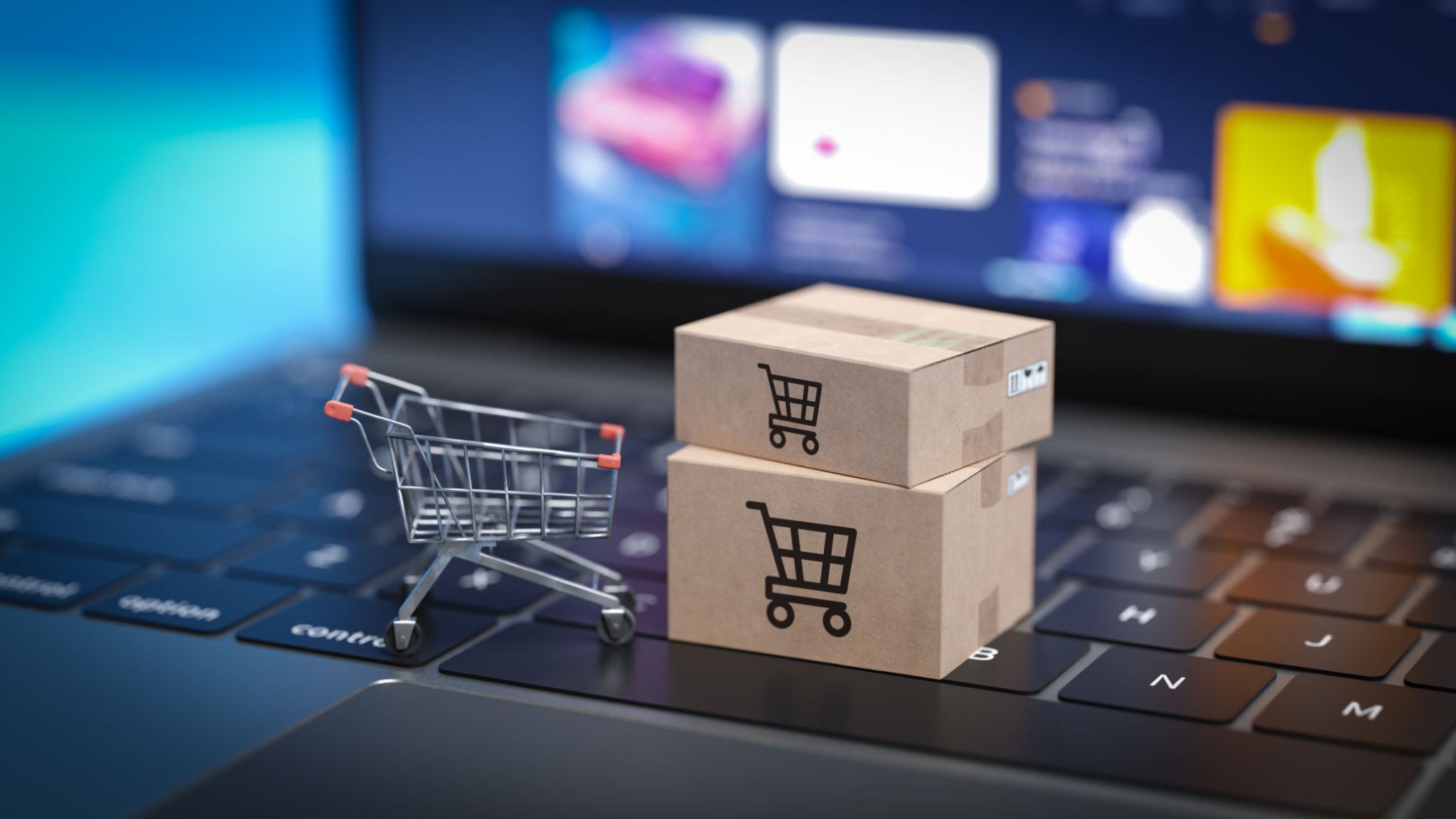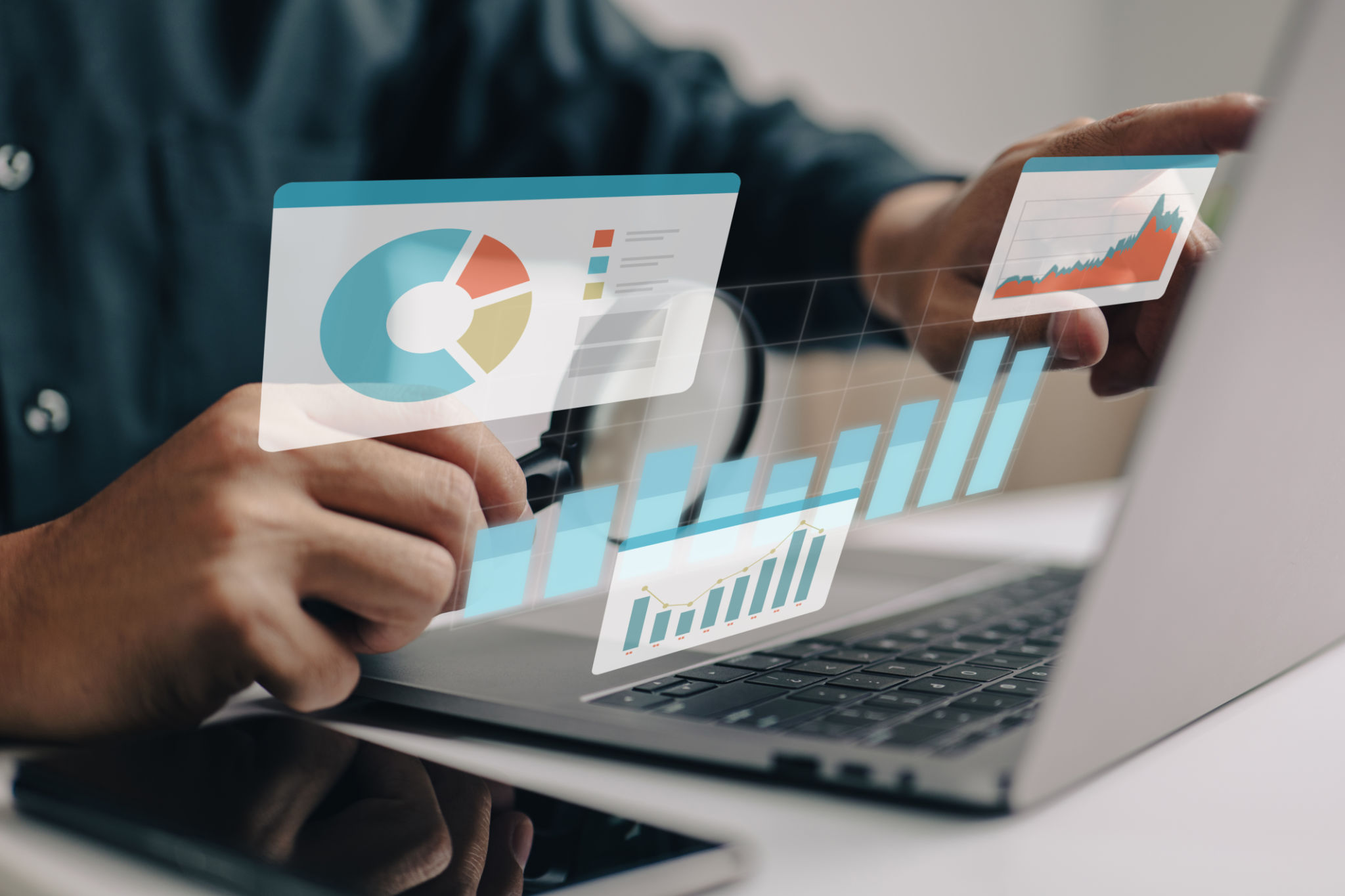How to Shop Online Safely: Tips for a Secure Shopping Experience
Understand the Importance of Secure Connections
Shopping online offers convenience and a wide variety of products at your fingertips. However, it's crucial to ensure that your personal and financial information remains safe. One of the first steps to secure online shopping is to use a secure connection. Make sure the website's URL begins with https://, indicating that it is using a secure SSL connection. This encrypts your data, making it much harder for hackers to intercept your information.
Avoid shopping on public Wi-Fi networks, as these can be easily breached. If you must shop while on the go, consider using a virtual private network (VPN) to add an extra layer of security to your connection.

Shop on Reputable Websites
Always choose reputable and well-known websites for your online shopping needs. Websites like Amazon, eBay, and established brand stores are generally reliable and have stringent security measures in place. Be cautious with unfamiliar websites, especially those offering deals that seem too good to be true. These could be phishing sites designed to steal your information.
If you’re unsure about a website's legitimacy, look for customer reviews and ratings. Additionally, check for contact information and policies regarding returns and refunds. Legitimate businesses will have clear communication channels and customer service options.

Keep Your Devices Updated
Ensure that your computer, smartphone, or tablet is equipped with the latest software updates and security patches. Software developers regularly release updates that fix vulnerabilities and improve security. By keeping your devices updated, you protect them against known threats and malware.
It's also wise to have a reliable antivirus program installed on your devices. This provides an additional layer of protection against malicious software that could compromise your personal information.

Use Strong, Unique Passwords
One of the simplest yet most effective ways to protect your online accounts is by using strong, unique passwords for each site. Avoid using easily guessable information such as birthdays or common phrases. Instead, opt for a combination of letters, numbers, and symbols. Consider using a password manager to keep track of your passwords securely.
Enable two-factor authentication (2FA) wherever possible. This adds an additional authentication step, typically involving a code sent to your phone or email, making it even harder for unauthorized users to access your accounts.
Monitor Your Accounts Regularly
Regularly reviewing your bank and credit card statements can help you quickly spot any unauthorized transactions. If you notice any suspicious activity, report it immediately to your bank or card provider. Prompt action can prevent further unauthorized charges and help secure your account.
Some banks offer alert services that notify you of any unusual activity on your accounts. Taking advantage of these services can provide peace of mind and an extra layer of security.

Be Wary of Phishing Scams
Phishing scams are fraudulent attempts to obtain sensitive information by disguising themselves as trustworthy entities. Be cautious of emails or messages that ask for personal details or direct you to unfamiliar websites. Always verify the sender's email address and look for signs of phishing, such as generic greetings or urgent requests.
If you receive a suspicious message from a company you frequently shop with, contact them directly through their official website or customer service number to confirm the message's legitimacy.
